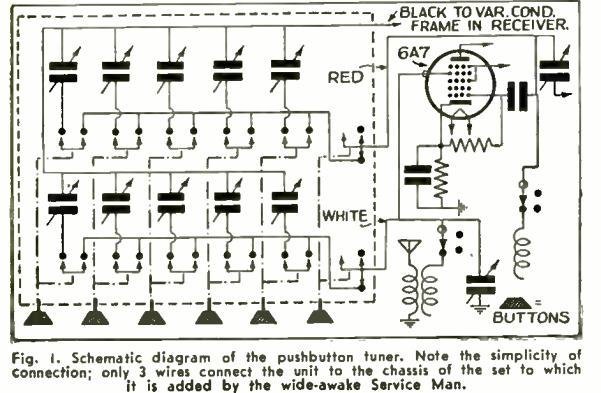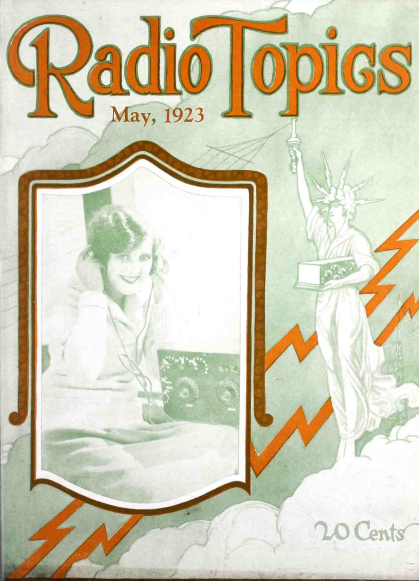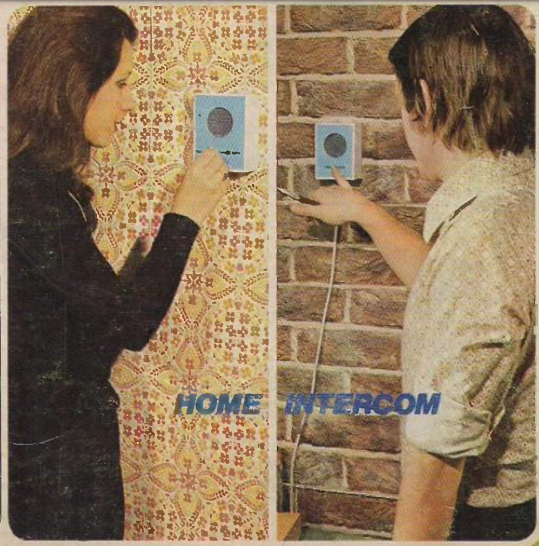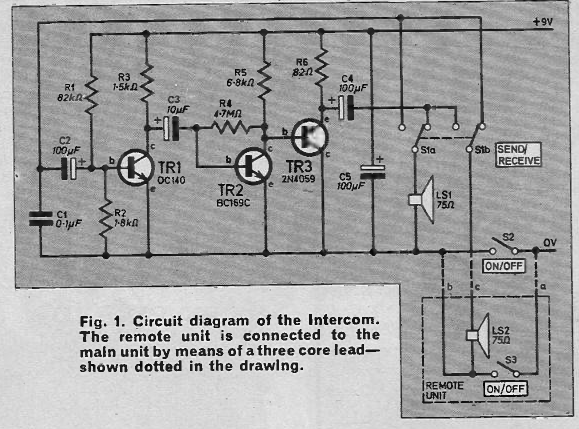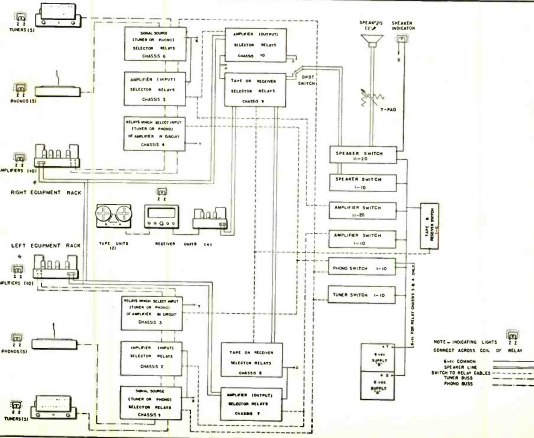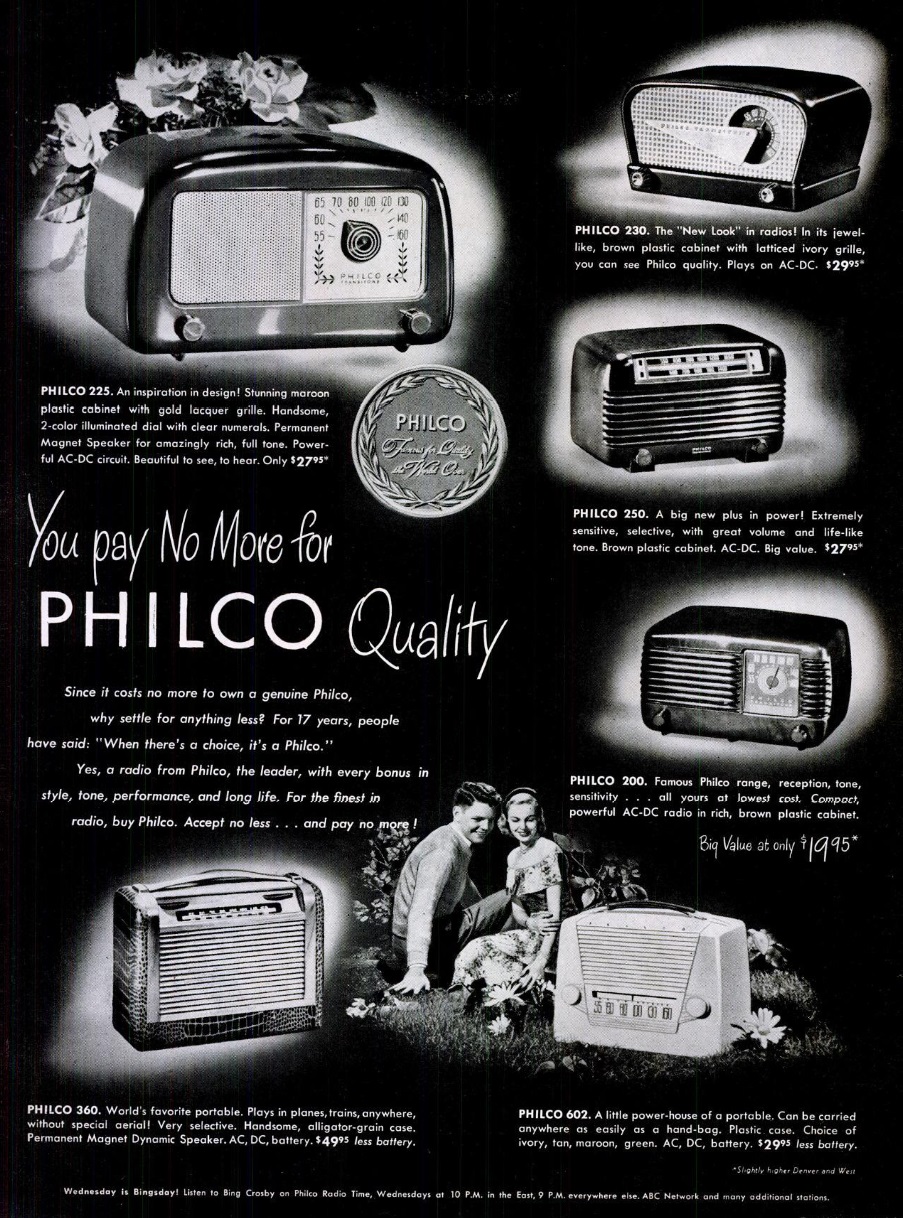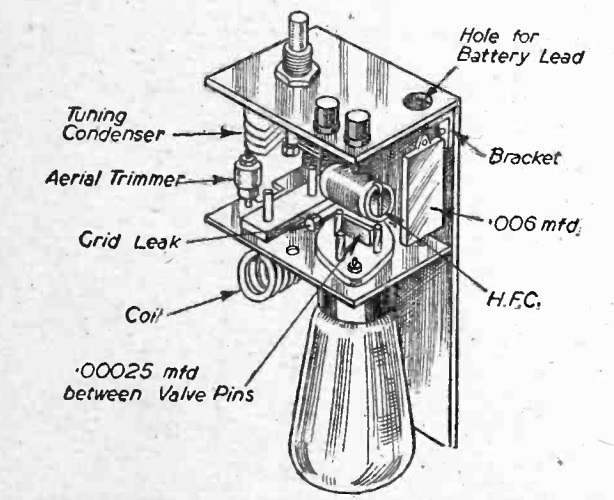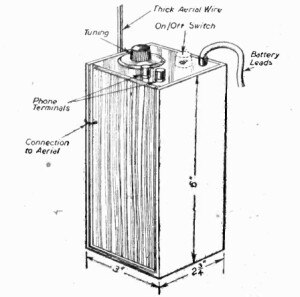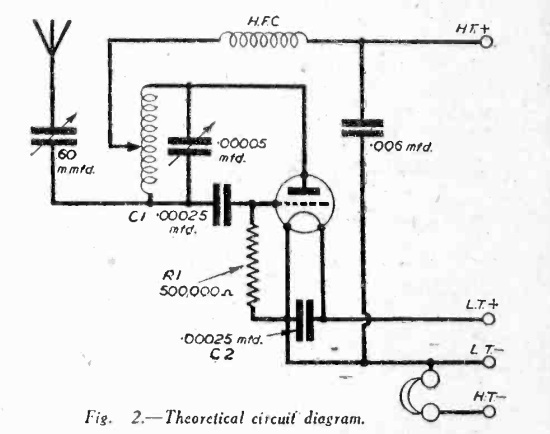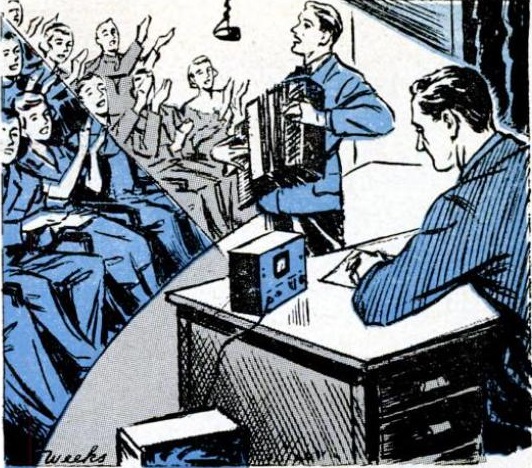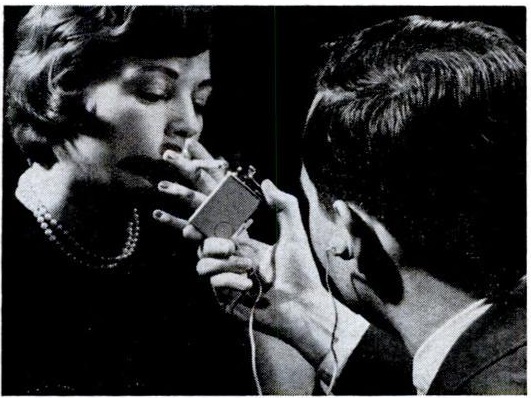 Occasionally, we encounter a concept that is ungoogleable, and today is one of those times. Shown here from 1963 is the combination radio-cigarette lighter. But if you try to Google that phrase, it’s an exercise in frustration, since no matter how to phrase it, and no matter where you put the quotation marks, all you get are radios that can be run off 12 volts from a car cigarette lighter. But the May 1963 issue of Popular Science showed the real deal–a cigarette lighter, no larger than an ordinary cigarette lighter, but containing a two-transistor radio. The radio turned itself on when you plugged in the earphone, and the lighter came to life when you gave it a flick. As shown here, you could use both at the same time.
Occasionally, we encounter a concept that is ungoogleable, and today is one of those times. Shown here from 1963 is the combination radio-cigarette lighter. But if you try to Google that phrase, it’s an exercise in frustration, since no matter how to phrase it, and no matter where you put the quotation marks, all you get are radios that can be run off 12 volts from a car cigarette lighter. But the May 1963 issue of Popular Science showed the real deal–a cigarette lighter, no larger than an ordinary cigarette lighter, but containing a two-transistor radio. The radio turned itself on when you plugged in the earphone, and the lighter came to life when you gave it a flick. As shown here, you could use both at the same time.
It was available by mail order for $9.95 from one L. Branvold, 5718 Troost Ave., North Hollywood, California.
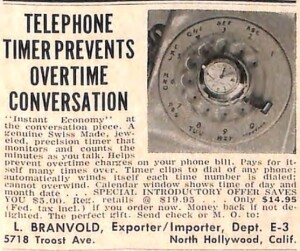 Mr. Branvold was apparently a home-based entrepreneur, long before that was a thing, since the address is residential. He would have been successful advertising on our website, since he seemed to find the kinds of products our readers would like. For example, shown at left is another ad for a timer that attaches to the dial of your phone, to make sure those long distance calls don’t drag on past the first three minutes. It’s even self-winding, since it winds itself every time you dial the phone.
Mr. Branvold was apparently a home-based entrepreneur, long before that was a thing, since the address is residential. He would have been successful advertising on our website, since he seemed to find the kinds of products our readers would like. For example, shown at left is another ad for a timer that attaches to the dial of your phone, to make sure those long distance calls don’t drag on past the first three minutes. It’s even self-winding, since it winds itself every time you dial the phone.

 Speaking of such products, we’re sure that if any of our readers are looking for either a Kleenex® holder, or a cell phone holder, then they will agree that the one shown here, which looks like a TV, is the perfect choice. If they had cell phones in 1963, we have no doubt that Mr. Branvold would have sold these. It looks like the perfect solution to your cell phone/tissue needs.
Speaking of such products, we’re sure that if any of our readers are looking for either a Kleenex® holder, or a cell phone holder, then they will agree that the one shown here, which looks like a TV, is the perfect choice. If they had cell phones in 1963, we have no doubt that Mr. Branvold would have sold these. It looks like the perfect solution to your cell phone/tissue needs.
Some links are affiliate links, meaning that this site earns a small commission if you make a purchase after using the link.
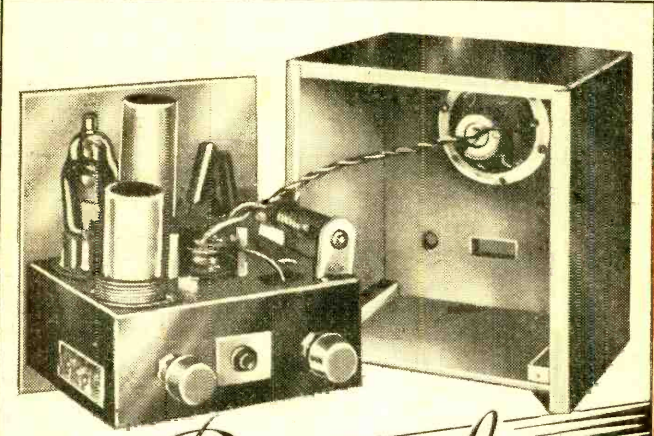 The plans for this handsome little two-tube set appeared seventy years ago this month in the May, 1953, issue of the British Practical Wireless magazine. The set tuned both long and medium waves, and according to the construction article, it would pull in most of the BBC stations with reasonable volume.
The plans for this handsome little two-tube set appeared seventy years ago this month in the May, 1953, issue of the British Practical Wireless magazine. The set tuned both long and medium waves, and according to the construction article, it would pull in most of the BBC stations with reasonable volume.


